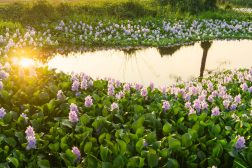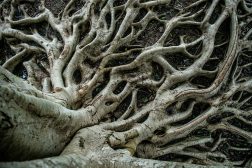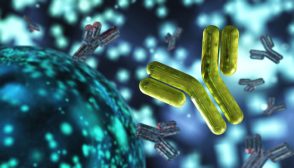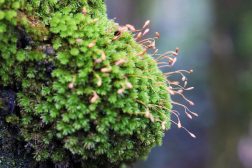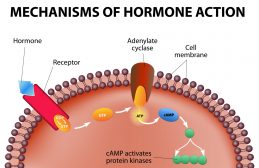Definition
noun, plural: llamas
A camelid or ruminant native to South America and closely related to the camels, formerly used much as a beast of burden in the Andes
Supplement
Llamas belong to the family Camelidae or camelids. Just like the other camelids such as camels, alpacas, guanacos and vicuñas, the llamas have a long and slender neck as well as long legs. They do not have hooves but feet with two toes and soft pads. However, they lack humps on their back as seen on camels. They are also smaller than camels. The height of an adult llama ranges from 1.7 to 1.8 m. They weigh about 130 to 200 kg. Their typical lifespan is between 15 and 25 years (or more).
Together with the other llamas, they form a group called herd. A male llama is called a macho whereas a female llama is called an hembra. A young llama is called cria.
Llamas are supposed to be a domesticated variety of the guanaco. They are capable of carrying loads that are about 25 to 30% of their body weight.
Scientific classification:
- Kingdom: Animalia
- Phylum: Chordata
- Class: Mammalia
- Order: Artiodactyla
- Family: Camelidae
- Genus: Lama
- Species: L. glama (Linnaeus, 1758)
See also:

